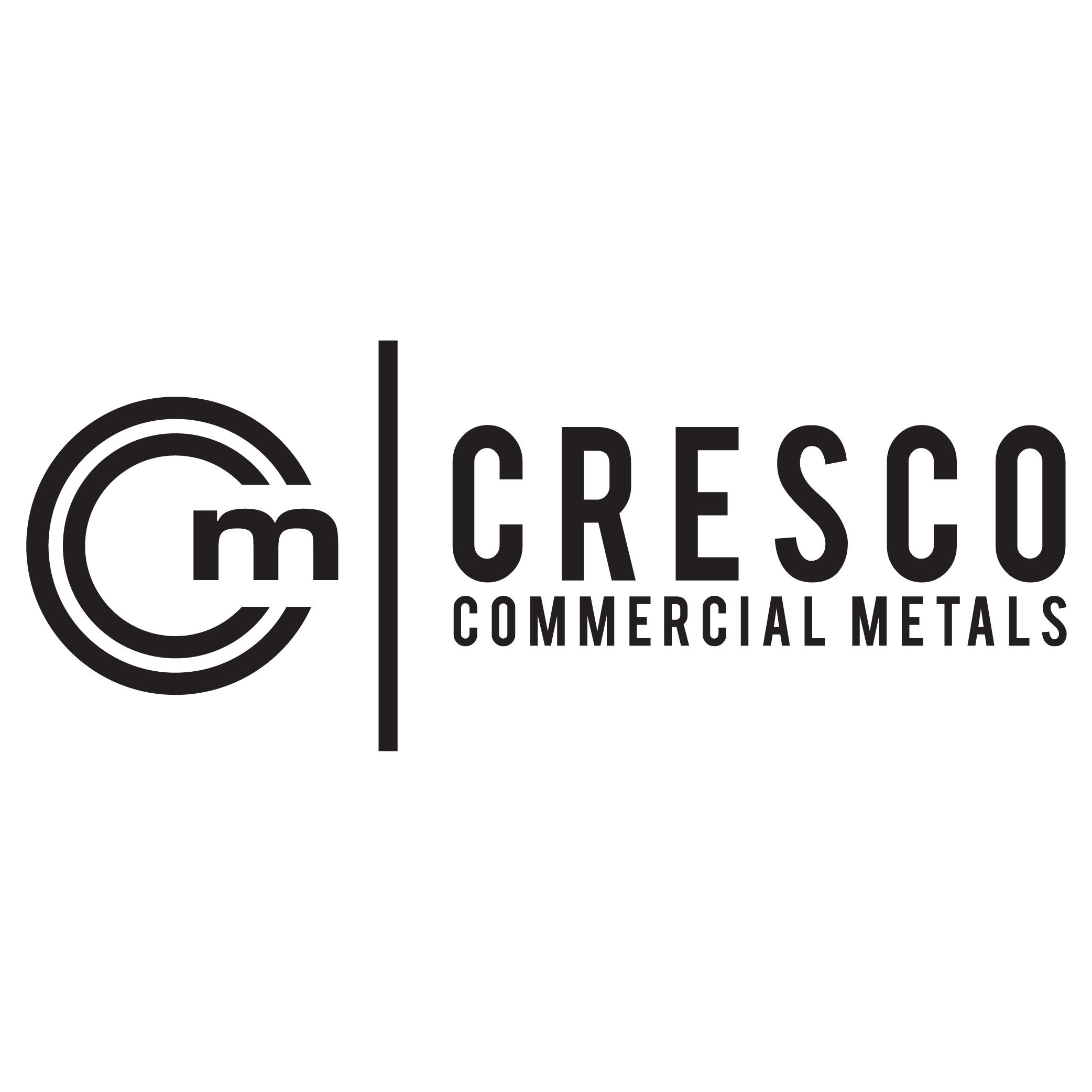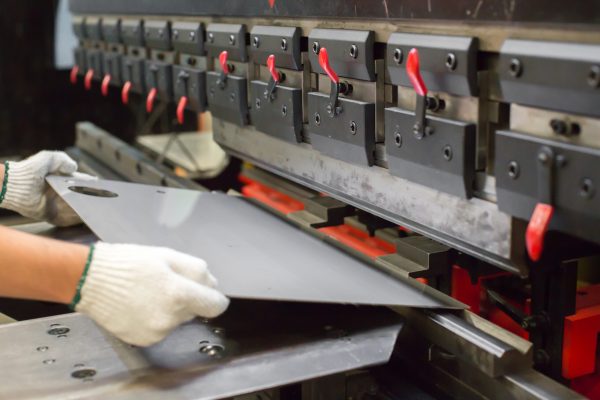A Comprehensive Guide of shearing in Metal Fabrication
Metal fabrication is a complex process that involves various techniques to shape and manipulate metal into desired forms. One of the key processes in metal fabrication is shearing, which plays a crucial role in achieving precise cuts and clean edges. In this comprehensive guide, we will delve into the world of shearing in metal fabrication, exploring its significance, methods, and benefits.
The Importance of Shearing in Metal Fabrication
Shearing is the process of cutting metal sheets or plates to size using a dedicated shearing machine. This technique offers several advantages, making it an essential step in the metal fabrication process.
Achieving Precise Cuts
Shearing allows fabricators to achieve accurate and precise cuts in metal sheets or plates. With the use of specialized blades, the shearing machine applies a shearing force to the metal, resulting in a clean and straight cut along the desired line. This level of precision is crucial for creating metal components with tight tolerances and maintaining the integrity of the final product.
Clean Edges and Minimal Distortion
One of the notable benefits of shearing is the ability to produce clean edges without significant distortion or deformation. The shearing process utilizes a top blade and a bottom blade that work in tandem to apply a shearing force along the metal’s length. This mechanism minimizes the chances of warping or twisting, ensuring that the resulting cut edges remain smooth and even.
Efficient and Cost-Effective
Shearing is a highly efficient method of cutting metal, making it a cost-effective choice for many fabrication projects. The process can be automated, allowing for rapid and consistent cutting of large quantities of metal sheets. Moreover, shearing produces minimal waste compared to other cutting methods, reducing material costs and increasing overall efficiency.
Methods of Shearing in Metal Fabrication
Shearing can be accomplished using different techniques depending on the specific requirements of the project. The two primary methods of shearing are:
- Guillotine Shearing
Guillotine shearing is the most common method used in metal fabrication. It involves a straightforward process where the metal sheet is clamped between the upper and lower blades of the shearing machine. The upper blade then descends to apply the shearing force, cutting the metal along the predetermined line.
- Power Shearing
Power shearing is a more advanced technique that utilizes hydraulics or pneumatics to apply the shearing force. This method is suitable for cutting thicker and heavier metal sheets that require greater cutting force. Power shearing machines offer increased power and versatility, allowing fabricators to handle a wider range of materials and thicknesses.
Benefits of Shearing in Metal Fabrication
The utilization of shearing in metal fabrication offers numerous benefits that contribute to the overall quality and efficiency of the process:
- Precise and accurate cuts
- Clean edges with minimal distortion
- High-speed cutting for increased productivity
- Versatility in handling various metal types and thicknesses
- Reduced material waste and cost-effectiveness
- Consistency in producing identical parts
In conclusion, shearing is a fundamental process in metal fabrication that enables fabricators to achieve precise cuts, clean edges, and efficient production. Whether using guillotine shearing for standard applications or power shearing for more demanding projects, this technique plays a crucial role in creating high-quality metal components.
For more information go to https://crescocustommetals.com/


